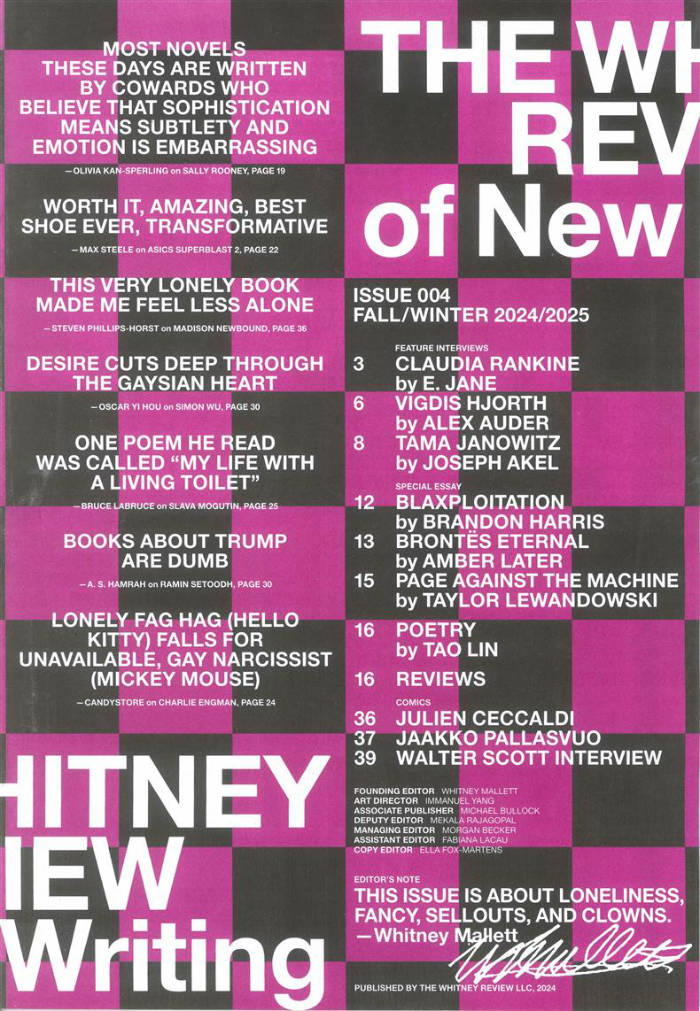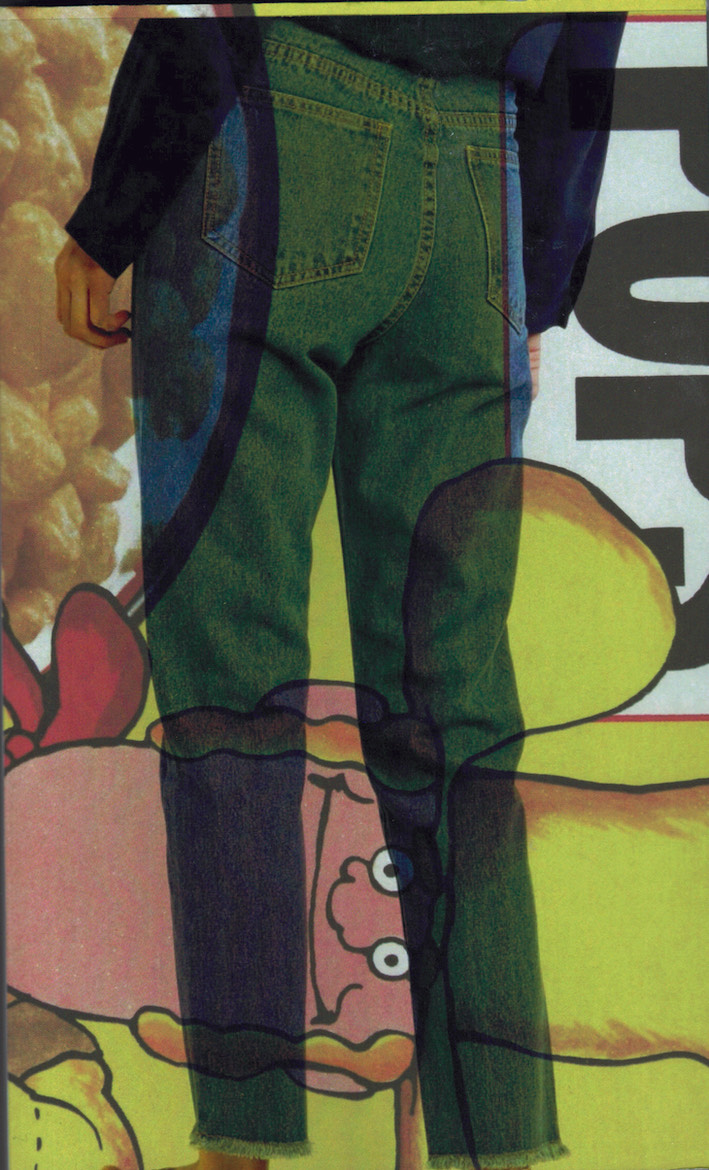
Death Book ll
Death Book is dedicated to Bruce LaBruce’s archive of rarely published or previously unpublished work characterized by morbid fascinations. Here photographs challenge the viewer to explore what lies beneath the veneer of Western society.
The book brings this body of work together for the first time, combining LaBruce’s performances, actions, film production stills and photography that explicitly outline his obsessions, with never-before exhibited archival works from projects including Hustler White, Otto; or Up with Dead People, and L.A. Zombie.
The book is edited as loosely connected vignettes, characterised by horror, the carnage accelerated rather than overcome, questioning existing values, hierarchies, and perceptions of good and evil. A variety of faces and body parts appear, including those of actors Francois Sagat and Tiger Tyson, model/actor Tony Ward, artists Kembra Pfahler and Slava Mogutin, and cameos by legendary figures such as performance artist Ron Athey, musician/artists Genesis P-Orridge and Lady Jaye, artist Dash Snow, actor Brad Renfro, Asia Argento and Bruce LaBruce himself.
The Death Book also introduces the art director Max Siedentopf, who has designed the book as a paraphrase of the Bible, punctured with three bullet holes, piercing the book from front to back. The book contains an introduction by artist, photographer and writer Slava Mogutin.
Language: English





